Why cucumbers do not grow in the greenhouse and how to effectively deal with this problem
Cucumbers are a popular and relatively unpretentious vegetable crop. Fruit growth is influenced by many factors: temperature, weather conditions, soil composition. Novice agronomists do not always follow the instructions for planting and caring for cucumbers, therefore, they face problems when cultivating.
In the article, we will consider why cucumbers do not grow in a greenhouse and how to fix it.
The content of the article
Reasons for poor growth of greenhouse cucumbers
Indoor conditions have a number of advantages that increase the productivity of plants: light transmission, thermal insulation, greenhouse effect, protection from rain, wind and early planting of vegetables.
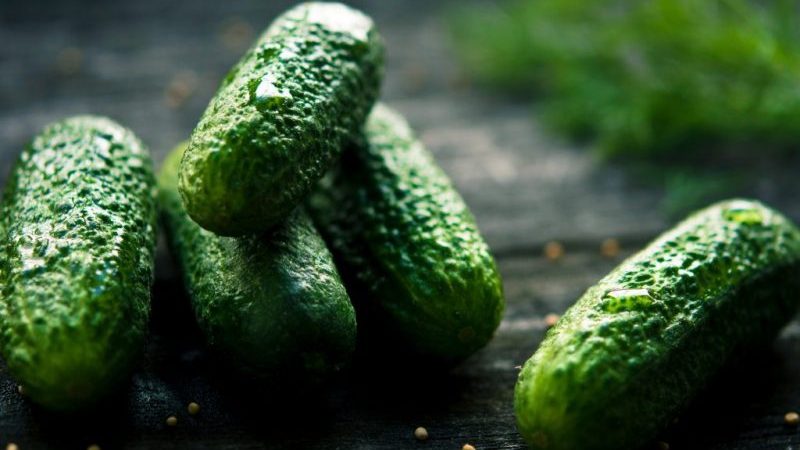
Despite the advantages, several factors significantly affect the growth of cucumbers:
- poor soil composition;
- watering errors;
- unsuitable temperature;
- pollination problems;
- various diseases and pests;
- incorrectly selected fertilizers.
Let's consider each of the reasons in detail.
Poor soil composition
Before planting cucumbers in the ground, it is important to take care of the mineral and organic soil feeding. The land is prepared in the fall, after harvesting.
First of all, they remove all the weeds with roots, dig up the ground. Prepare a solution of 300 g of lime and 10 liters of water, insist it for 3 hours. The tool is used to treat the entire greenhouse, without missing a single crack. Manure is added to the soil, everything is dug up again. In this form, the soil is left for the next year.
A week before planting in the ground apply fertilizers necessary for plant growth: nitrogen, potassium and phosphorus. Pour 20 g of potassium sulfate and superphosphate per 1 m2. All are dug up, poured over with warm water and covered with foil. Remove it only before planting cucumbers.
Reference. To prevent bacteria from developing in the soil, it is changed every 2 years.
Watering errors
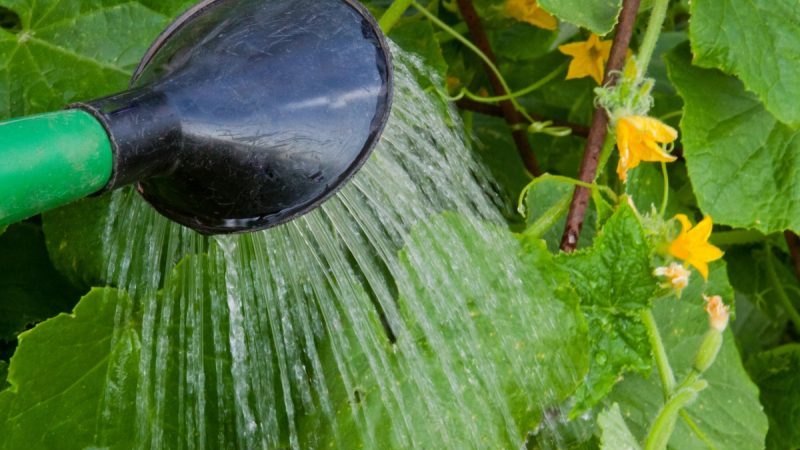
Cucumbers need regular moisture, but without excess, otherwise the bushes begin to rot, and the lower part of the fruit changes color. Vegetables become bitter with little water.
The optimal frequency of irrigation is once every 2 days. The water is used standing with a temperature of + 20 ... + 23 ° C.
Unsuitable temperature
Cucumbers are thermophilic plants: the air temperature during their growing season is maintained at + 20 ... 26 ° C. Otherwise, the bushes will not develop.
Reference. Seedlings require special care. Until the seedlings grow up to 6 cm, they are covered with foil and aired several times a day.
Pollination problems
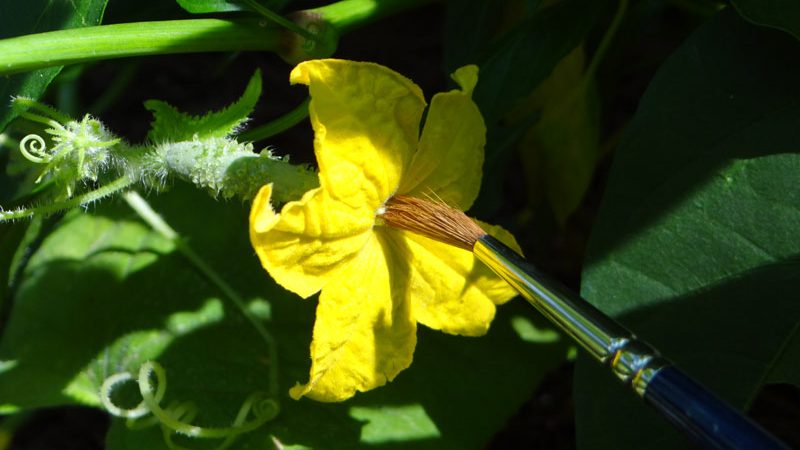
Correct pollination is one of the factors for obtaining a quality crop. There are parthenocarpic varieties (self-pollinating) and there are those that are pollinated by insects. When cultivated in a greenhouse and greenhouse, the latter often require human help. Pollination is carried out with a soft brush. Pollen is collected from the male flowers, which is carefully transferred to the female flower.
Diseases and pests
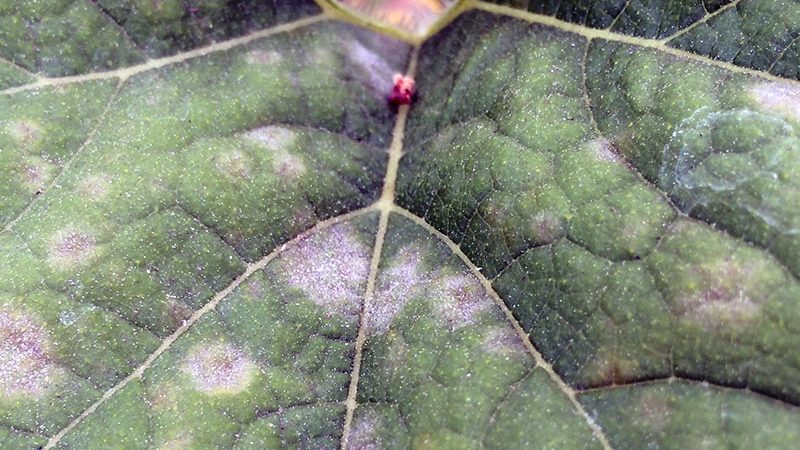
Cucumbers are susceptible to various diseases:
- Root rot - occurs with abundant watering, the stems become thin, darken. The pesticide "Previkur" is used for the fight. For 10 liters of water, take 20 ml of the substance, watered at the root.
- Powdery mildew. The main reason is rainy and cool weather. In diseased plants, a white bloom appears on the underside of the leaves, the fruits lose moisture and are bitter. The drug "Topaz" in a volume of 2 ml is dissolved in 10 liters of warm water, the bushes are sprayed.
- Cladosporium - fungal infection spreads quickly in high humidity and temperature. Dark brown spots appear on the fruits, the cucumbers are deformed. Such fruits are not eaten. Against the disease 20 g of "Oksikhoma" is dissolved in 10 liters of water, the bushes are sprayed.
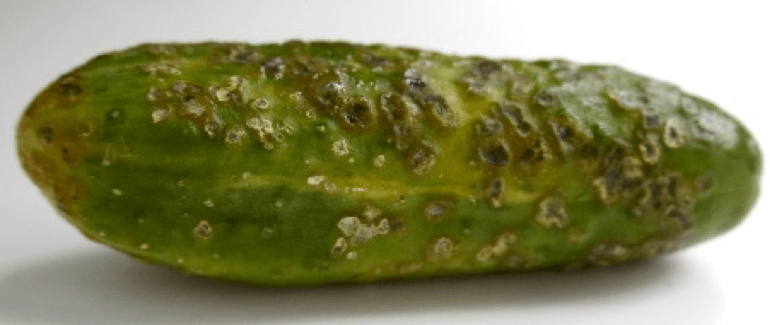
The main pests of culture:
- Spider mite - the insect drinks the juice from the leaves, envelops them in cobwebs. As a result, the plants die. Biological preparations (Fitoverm) are used to combat the pest.
- Aphid - when it appears, a significant part of the crop perishes. An infusion of onion peels is used against an insect.
- Slug carries mushroom spores. Pests are collected by hand.
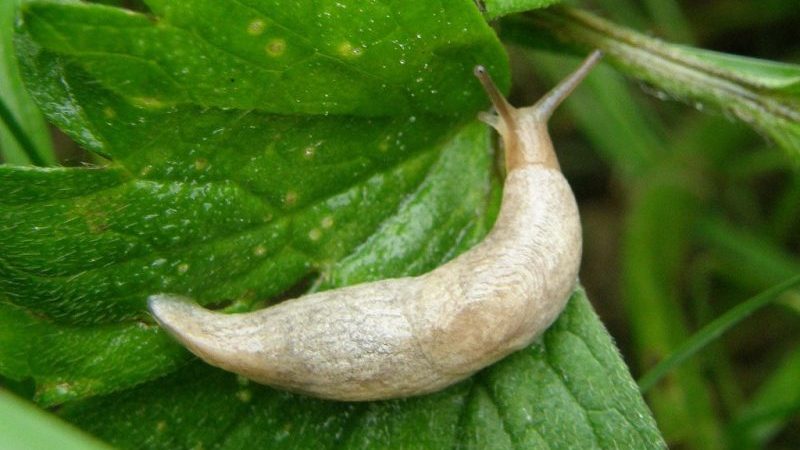
When planting against soil insects, the preparation "Terradox" is applied: it is added both to the soil and to the surface.
To protect plants from diseases and pests, "Glyokladin" is used. When picking seedlings, tablets are placed directly into the holes.
Cultivation rules and ways to increase yields
To ensure the growth of culture, it regularly feed, are treated for diseases and pests, follow the rules of agricultural technology.
Top dressing
For the entire season, fertilizers are applied no more than 4 times. During the development of leaves and shoots, nitrogen is added. Phosphorus is important in flower formation. Potassium is used during the fruiting period.
Additional dressing is applied only if necessary, if signs of a lack of a particular substance appear on the bushes.
The first top dressing is applied 2 weeks after planting the bushes. The second - at the beginning of flowering, the next - during fruiting.
By the method of fertilization there are:
- root;
- foliar.
Root dressing
In this case, nutrients are applied directly under the root of the plants. Such funds are used in the evening, after sunset.
How to feed the plants? At the first stage, an infusion of manure (1: 6) or chicken manure (1:15) is used from organic matter. From mineral fertilizers, a solution of potassium salt, superphosphate, ammonium nitrate (10 g each) and 10 liters of water is introduced.
When cucumbers are blooming, an ash solution is added: 1 tbsp is taken for 10 liters of water. ash. An infusion of green grass (1: 5) is also suitable.
At the third stage, a potassium nitrate agent is poured under the root (25 g of the substance is dissolved in 10 liters of water). Urea is used (50 g per 10 L of liquid).
The last fertilization with an ash solution prolongs the fruiting of the crop.
Foliar dressing
Nutrients are sprayed onto the leaves and stems of plants, especially in cold weather when the roots cannot handle the stress. The bushes are irrigated in small doses in the evening.
Foliar dressing is applied at the stage of ovary formation. Prepare the product from 10 liters of water and 35 g of superphosphate.
At the fruiting stage, the leaves are sprayed with urea (10 g per 10 l of water). At the last feeding, the concentration of the agent is increased: instead of 10 g, 15 g is taken.
Greenhouse processing
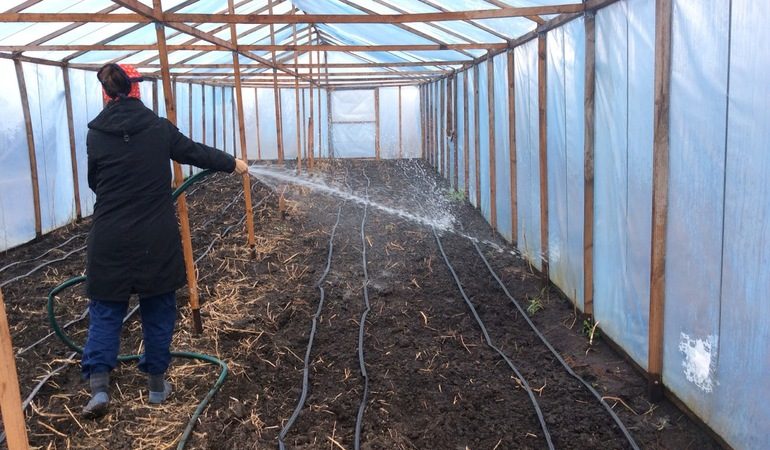
Timely processing of the greenhouse will reduce the risks of cucumber diseases and pests.
After harvesting, the premises are disinfected with a formalin solution. The drug is quite toxic, therefore, safety measures are observed when working with it.
Products such as Virocid and Kickstart will disinfect the greenhouse. Processing is carried out according to the specified instructions.
Agrotechnical techniques
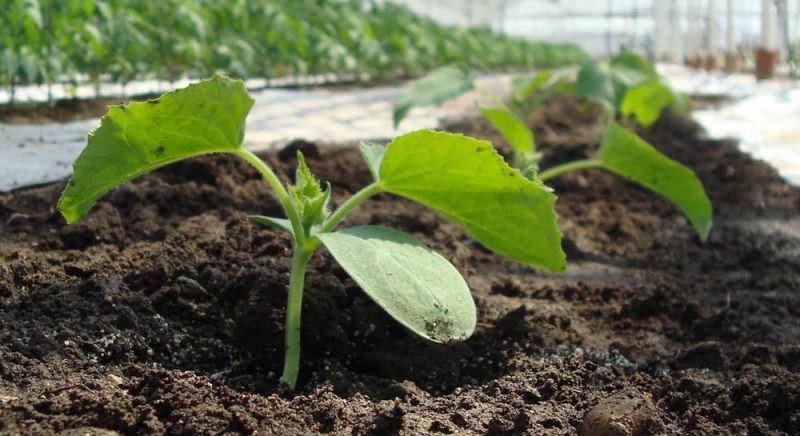
Compliance with the rules of caring for the crop will ensure their correct development and a rich harvest:
- for the growth of cucumbers, they are carefully tied up with synthetic twine or hemp 4 days after picking the seedlings;
- observe the temperature regime in the greenhouse: the warmer it is outside, the higher the temperature should be inside;
- before the beginning of fruiting, cucumbers are watered after 3-5 days, they consume 3-4 liters per 1 m2. When vegetables ripen, the bushes are moistened after 2-3 days, water is used 3 times more. In the heat, the culture is watered daily;
- foliar dressing is applied every 2-3 weeks. In cold lingering weather - once a week.
Prevention measures
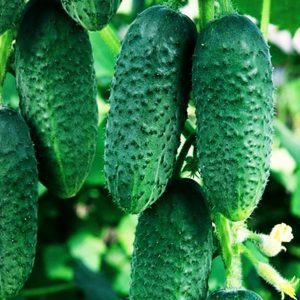
To prolong the growth of cucumbers, preventive measures are taken to prevent diseases and pest attacks:
- do not plant a culture in one place for several years in a row;
- after harvesting, all plant residues are removed from the beds;
- do not apply excess fertilizers;
- water the bushes only with warm water;
- dig up weeds in time;
- the soil is loosened, mulched.
Tips from experienced growers
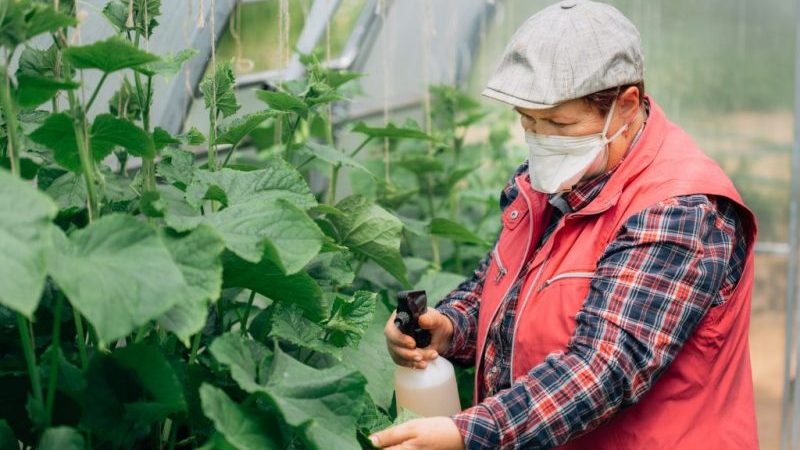
In order for the bushes to develop quickly, and the fruits to be tasty and juicy, experienced gardeners adhere to some rules:
- Seedlings are watered only with warm, settled water. Since the seedlings cannot stand the cold, they may die in the first stages of their development.
- If the cucumbers start to taste bitter, increase the frequency of watering. They moisten not only the bushes themselves, but also the soil around.
- Vegetables need fertile soil. Therefore, 10 kg of compost, 50 g of potassium chloride and 50 g of superphosphate per 1 m2 are introduced before planting.
- Create 2 rows of cucumbers on one bed. The distance between them is at least 50 cm.
- Seedlings are pinched when 4 leaves appear on the stem.
- They choose varieties with high disease resistance. Regular inspection of the bushes will allow time to identify signs of plant damage.
- The fruits are removed several times a day to form new bushes. This will prevent the cucumbers from turning yellow.
Conclusion
Cucumbers, like other types of vegetable crops, need special care. After each harvest, the greenhouse is decontaminated.
Cucumbers are susceptible to various diseases and pest attacks. To avoid these problems, preventive measures are observed: they do not grow the culture several times in one place, they systematically water and fertilize it. When plants are damaged, folk remedies and special chemicals are used.
For the entire season, feeding is applied no more than 4 times. During the development of leaves and shoots, plants need nitrogen, during flowering - in phosphorus, during fruiting - in potassium. Mineral products alternate with organic ones.